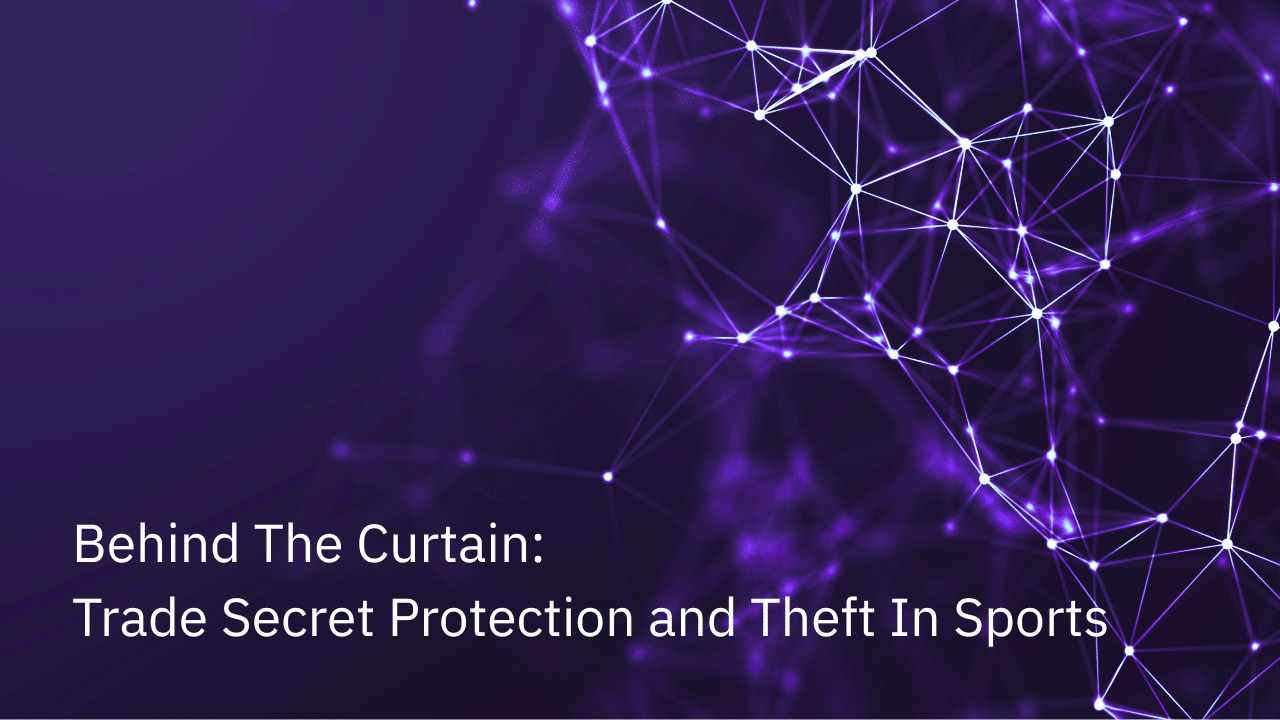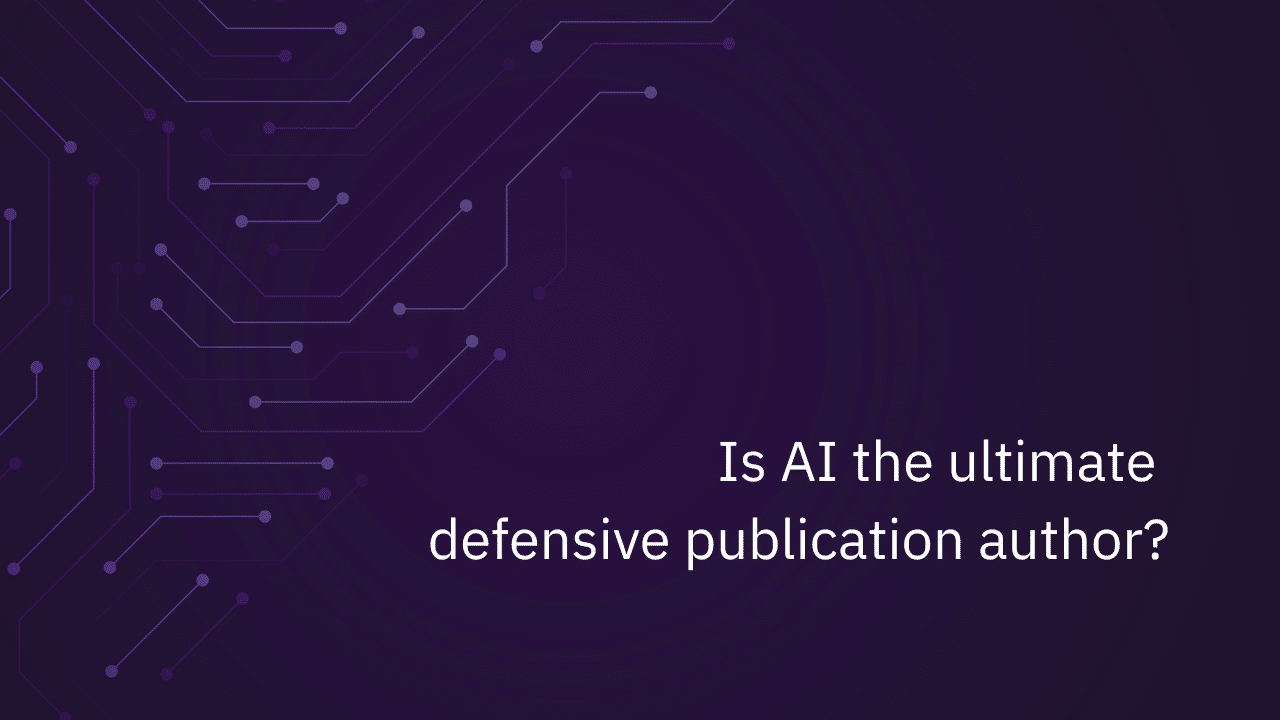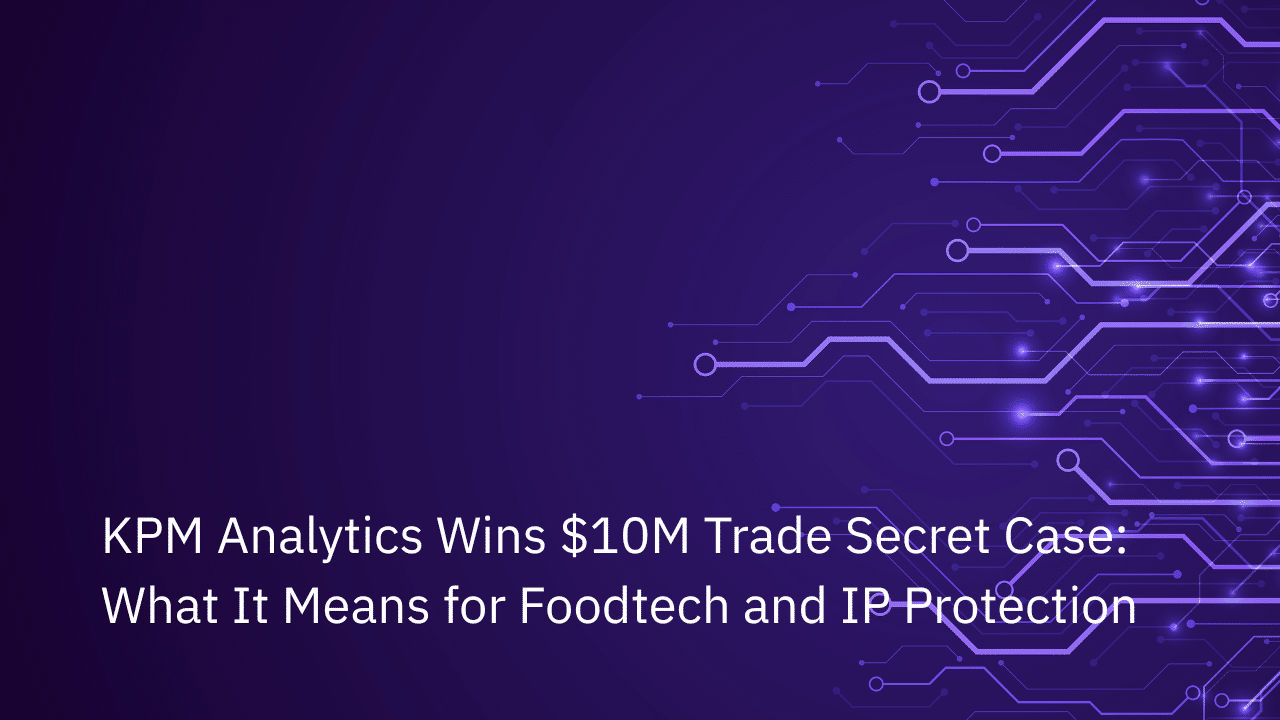When cybersecurity professionals discuss trade secret protection, the conversation typically centers on zero trust architecture, access controls, and the principle of least privilege. While these measures form a critical foundation for safeguarding proprietary information, they represent only half of an effective protection strategy. The other half—equally important yet frequently overlooked—involves controlling Shadow IT through what can be termed “Lean Function”: the systematic limitation of unauthorized IT resources and data exfiltration pathways.
In trade secret litigation, courts consistently emphasize that plaintiffs must demonstrate “reasonable measures” to protect their confidential information. While legal precedents routinely cite access restrictions and need-to-know protocols, they rarely address the equally crucial concept of limiting exfiltration opportunities through controlled IT environments. This oversight represents a significant gap in both legal strategy and practical cybersecurity implementation.
Understanding Shadow IT: The Invisible Threat Vector
Shadow IT encompasses any technology, software, or service used within an organization without explicit approval from the IT department or cybersecurity team. Unlike malicious insider threats, Shadow IT often emerges from legitimate business needs and employee convenience, making it particularly insidious because it operates with good intentions while creating substantial security vulnerabilities.
Common examples of Shadow IT include USB drives and removable storage devices, personal email accounts used for work purposes, unauthorized cloud storage services like Dropbox or ShareFile, communication platforms such as Slack or WhatsApp, social media platforms used for business networking, and increasingly, AI platforms like ChatGPT or Claude for work-related tasks. Each of these represents a potential pathway for trade secret exfiltration, whether intentional or accidental.
The proliferation of Shadow IT has accelerated dramatically in recent years. Remote work arrangements have blurred the lines between personal and professional technology use, while the democratization of cloud services has made it easier than ever for employees to adopt new tools without IT oversight. Simultaneously, the emergence of powerful AI platforms has created entirely new categories of Shadow IT that many organizations have yet to address comprehensively.
The Lean Function Approach: Reducing Exfiltration Through Design
Lean Function represents a strategic approach to cybersecurity that focuses on minimizing data exfiltration opportunities by controlling the IT environment itself. While zero trust architecture asks “who should have access to what information,” Lean Function asks “what pathways exist for information to leave our control, and how can we minimize them?”
This approach recognizes a fundamental principle of human behavior: when legitimate pathways for data exfiltration are readily available, the likelihood of misappropriation—whether intentional or accidental—increases significantly. Conversely, when organizations make data exfiltration difficult and inconvenient, they naturally reduce the frequency of incidents.
The effectiveness of Lean Function stems from its recognition that most data exfiltration occurs through paths of least resistance. Employees facing deadlines, working remotely, or dealing with technical limitations will naturally gravitate toward the most convenient solutions available. If those solutions happen to be unauthorized cloud services or personal email accounts, trade secrets become vulnerable not through malicious intent, but through expedience.
Legal Foundations: Meeting the “Reasonable Measures” Standard
Trade secret protection under the Uniform Trade Secrets Act and the federal Defend Trade Secrets Act requires plaintiffs to demonstrate that they took “reasonable measures” to maintain the secrecy of their proprietary information. Courts have consistently held that access controls, confidentiality agreements, and need-to-know protocols constitute essential elements of reasonable protection.
However, legal precedents increasingly recognize that modern trade secret protection must address contemporary threat vectors. In an environment where data can be copied, uploaded, or transmitted in seconds, controlling access alone proves insufficient. Organizations must also demonstrate efforts to control exfiltration pathways—the channels through which information can leave their protected environment.
Courts have begun to scrutinize whether organizations have implemented reasonable measures to prevent unauthorized data transmission. This includes evaluating policies regarding personal devices, cloud services, and communication platforms. Organizations that can demonstrate comprehensive Shadow IT controls alongside traditional access restrictions present stronger cases for trade secret protection.
Implementing Lean Function: Controlling Exfiltration Vectors
Effective Lean Function implementation requires deploying specific technologies that control the primary vectors through which data can leave organizational control. Each major exfiltration pathway demands targeted technical solutions.
Email Security and Content Inspection: Email remains the most common exfiltration vector. Solutions like Proofpoint provide comprehensive email security that goes beyond spam filtering to include outbound content inspection. These systems can scan outgoing emails for sensitive information, block suspicious attachments, and require approval for emails containing potential trade secrets. Advanced email security platforms can identify patterns consistent with data exfiltration attempts and automatically quarantine suspicious communications.
Managed Browser Technology: Modern managed browsers like ISLAND fundamentally reshape how employees interact with the internet. These solutions create a controlled browsing environment that limits access to only pre-approved websites while maintaining detailed logs of all web activity. When employees attempt to access unauthorized sites or download files, the browser can provide real-time prompts explaining policy violations and offering approved alternatives. This approach prevents inadvertent data uploads to unauthorized cloud services while maintaining productivity.
Cloud Access Security Brokers (CASB): CASB solutions act as intermediary layers between users and cloud services, providing visibility and control over all cloud interactions. These platforms can detect when employees attempt to upload files to unauthorized cloud storage services, automatically classify data based on sensitivity, and enforce granular policies about what information can be shared through which platforms. CASBs provide crucial oversight in environments where cloud service usage is extensive but not always authorized.
Endpoint Configuration Management: Configuration management tools provide granular control over endpoint devices, including the ability to disable USB ports, restrict software installations, and maintain approved application inventories. These systems ensure that employees cannot easily install unauthorized software or use removable storage devices to exfiltrate data. Modern configuration managers can also detect and remediate unauthorized software installations in real-time.
Integration with Zero Trust Architecture
Lean Function works most effectively when integrated with zero trust security principles rather than implemented in isolation. While zero trust focuses on verifying and limiting access to sensitive information, Lean Function focuses on controlling what happens to that information once accessed.
This integration creates multiple layers of protection. Zero trust ensures that only authorized individuals can access specific trade secrets, while Lean Function ensures that those individuals have limited pathways for moving that information outside organizational control. Together, these approaches create a comprehensive protection framework that addresses both access and exfiltration risks.
The combination proves particularly powerful in remote work environments, where traditional perimeter-based security models prove inadequate. Zero trust principles ensure that remote workers receive appropriate access to necessary information, while Lean Function controls ensure that the tools and pathways available for handling that information remain within organizational oversight.
Building a Culture of Conscious IT Use
Successful Lean Function implementation requires more than technical controls—it demands cultural change. Organizations must help employees understand why Shadow IT poses risks to trade secret protection while providing approved alternatives that meet legitimate business needs.
This involves regular training on trade secret protection, clear communication about approved and prohibited tools and services, and responsive IT support that can quickly address legitimate technology needs. When employees understand both the risks of Shadow IT and have access to approved alternatives, compliance becomes significantly easier to achieve and maintain.
Conclusion: Completing the Protection Framework
Trade secret protection in the modern business environment requires a comprehensive approach that addresses both access and exfiltration risks. While zero trust architecture and traditional access controls remain essential, they must be complemented by Lean Function strategies that systematically reduce Shadow IT and limit data exfiltration pathways.
Organizations that implement both halves of this protection framework—controlling who can access information and controlling how that information can be moved or shared—create robust defenses against trade secret misappropriation. More importantly, they establish the “reasonable measures” that courts expect to see in trade secret litigation, positioning themselves for stronger legal protection of their most valuable intellectual property.
In an era where a single employee with a USB drive or cloud storage account can compromise years of research and development, the other half of cybersecurity strategy is not optional—it is essential. Lean Function and Shadow IT control represent the missing piece that completes the trade secret protection puzzle, transforming good intentions into comprehensive protection.
Tim Schnurr is a Partner at LeastTrust, an advisory firm focused on helping organizations architect and deploy trade secret defense / insider defense programs. LeastTrust has created a trade secret framework stressing technical and non-technical controls that span HR, Legal, Cybersecurity, IT, and Risk. Follow Tim on LinkedIn.




















